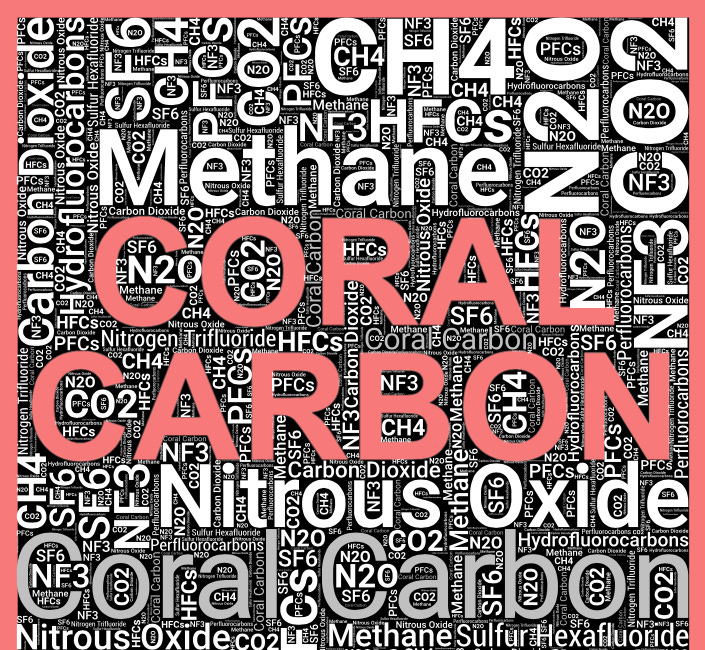Kind Designs: Living Seawalls
The Startup Combining 3D Printing, Material Science, and Sensor Technology to Combat Rising Sea Levels
Rising sea levels are one of the most serious consequences of climate change, threatening the lives and livelihoods of millions of people. As glaciers and ice sheets melt and the ocean heats and expands, the global mean sea level is rising at an accelerating rate, reaching record highs in recent years. According to a NASA study, the global sea level rate of rise had doubled in the last two decades. If this trend continues, coastal communities will face increased risk of flooding, storm surges, erosion, and habitat loss. According to Climate Central, more than 500 coastal cities will face chronic flooding by 2050, affecting over 300 million people.
Enter Kind Designs, a Miami-based startup that is addressing rising sea levels through 3D printing, material science, and sensor technology to create living seawalls.
Traditional Seawalls vs. Living Seawalls
Seawalls are structures that have been used for centuries to protect the land from erosion and flooding. However, traditional seawalls can disrupt the natural processes and ecosystems of the coast, including blocking sediment exchange, distributing marine habitats, decreasing ecosystem diversity, and increasing erosion adjacent to the seawalls due to wave deflection… in other words, they have not been a replacement for natural seawalls, such as coral reefs, mangroves, and oyster beds.
Kind Designs hopes to merge nature and technology to create a better solution. They are developing living seawalls that mimic the structure and function of natural coral reefs, protecting shorelines from erosion, providing habitat for marine life, and filtering pollutants from the ocean. Their seawalls are made from concrete mixed with recycled ocean plastic fibers and other proprietary additives which make them stronger and more durable than traditional seawalls and enhances their ability to support coral polyp growth. The seawalls also have embedded sensors to track water quality data, providing real-time feedback on pH, temperature, and salinity. Kind Designs and their stakeholders use this data to monitor seawall health, inform maintenance, and improve future designs.
Okay, so what’s the catch?
In OceanTech there is usually a trade-off between function and cost. Conventional methods can range anywhere between $150 to $1200 per linear foot depending on construction material, height, location, and complexity. Kind Designs reduces logistics, transportation, and installation costs by 3D printing the seawall onsite using gantries and robotic arms; they’ve aggressively estimated self-reported a 90% cost reduction. The other key differentiator is that by 3D printing the seawall, they can create a more complex, diverse surface that more closely mimics natural habitats and is customized to the location and specifications of the customer (raise a hand if you’d like your own custom coral reef).
How big is the opportunity?
According to a report from the US Army Corps of Engineers, Miami will be hardest hit by rising sea levels, with property damages predicted to cost upwards of $200 billion within the next 20 years. The report states that the US will need to spend $400 billion on building seawalls, with Florida accounting for $70 billion of that spending. While those estimates are based on construction costs for traditional seawalls, construction and technology advancements, mangrove reforestation, and startups like Kind Designs can only do so much to reduce that figure. There is ample opportunity to support many unicorn startups before expanding to secondary markets like fishing and tourism.
What’s next?
Kind Designs is currently testing their solution on two pilot projects in Miami that are projected to be completed within the next year. They are using these projects to inform technology and design improvements, understand upcoming regulatory and legal barriers they’ll need to cross, and research the ecological impact.
Your Coral writers are excited to see how these projects unfold and love the potential impact of this technology. And, if Kind Designs decides to change their mind from a licensing model (hint: you should; refer to our CarbiCrete Pt. 2), we’re here to help develop your GTM motion.
CarbiCrete: The Sequel
Two weeks ago we wrote about CarbiCrete, the Montreal startup producing an innovative, new concrete formulation that sequesters carbon at scale, as well as avoiding the considerable emissions (concrete is ~8% of global CO2), from the traditional product.




